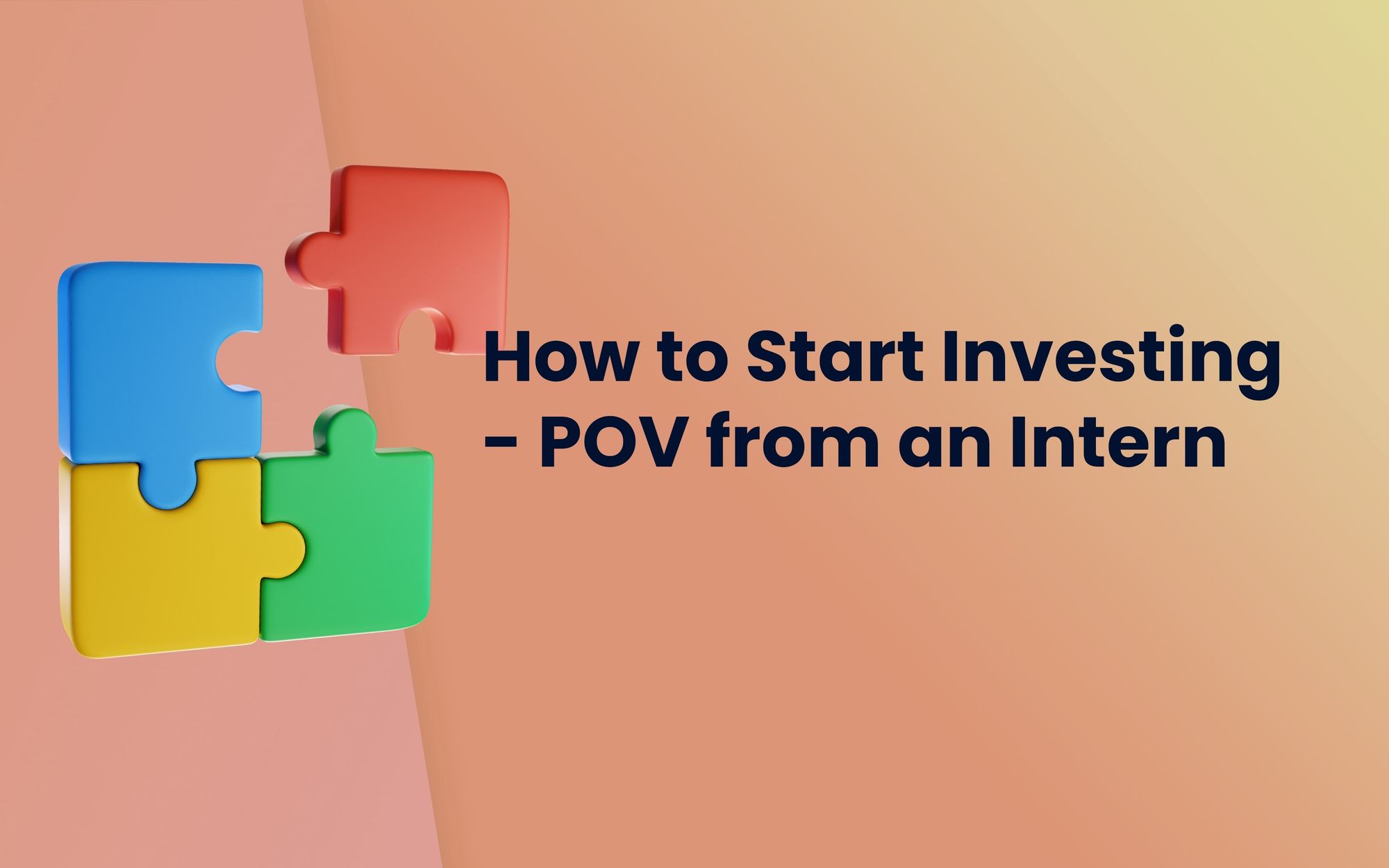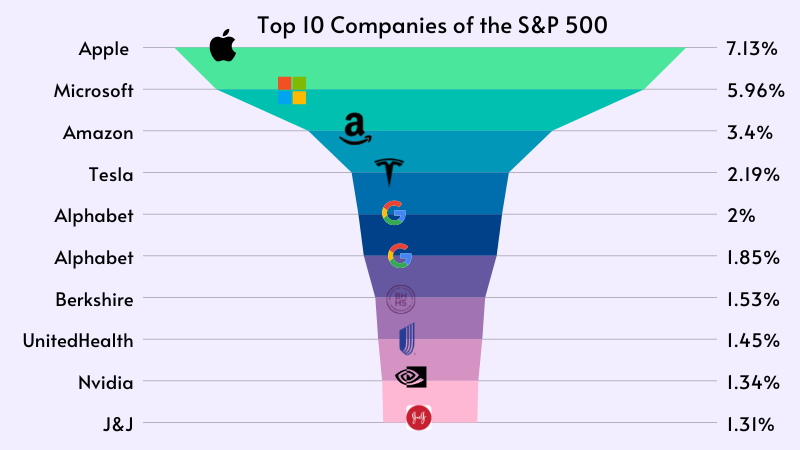How to Start Investing - POV from an Intern
Learn how to start your investing journey with a simple guide, courtesy of our Intern, Josh! We’ve broken it down so it’s a quick and easy read!

Hey! Josh the intern here. As a newcomer to the Fintech field at Pints, this article is to explain to you, simply as I can, the very basics of investing that were shared with me. I am no expert, but if you’re like me and are looking for something for absolute beginners on how and when to invest, here it is.
The most oversimplified way investing works is like this: You put money into something. That something grows in value as time progresses, and your initial investment is worth more. Thus, making you money. *Stonks.*

One of the most common ways of investing is trading a company’s stock or shares. Public companies sell part of their ownership or a “share” of their ownership to gain funds for their business. When you buy these shares, you become a partial owner of the company, or in other words, a “shareholder”.
When a company makes money, the share prices go up. The 2 main ways you as a shareholder can make money when this happens are to
- Sell your shares at a higher price since they are now worth more
- Hold on to your shares. In most cases, companies pay you for holding on to their shares. When they do, it’s called dividends. It’s basically part of its profits given out to its shareholders.
However, this may not always be the case since some companies lose money instead of making a profit. This means shareholders experience profits and losses with the companies they invest in too.
So now the question is, where do we start? I asked Calvin, our Co-founder, resident Chief Technology Officer, father of 2, ex-RSAF officer, investment guru, and one of those guys your parents always seem to compare you to. His response was,
“Look at the S&P 500, buy stocks from 10 different industries at regular intervals, and try to be patient.”
Let me save you a few google searches and break that down for you.
S&P 500.
The S&P (Standard & Poors) 500 is a collection of 500 industry-leading public companies in the US that the S&P index committee based on certain criteria. Not to be confused with the Fortune 500, the 500 largest US companies evaluated and selected by Fortune magazine.

While many companies overlap both 500 lists, the S&P 500 is meant to represent the best-performing public companies that the US has to offer. Thus, by picking from the S&P 500, your stock options are usually safer.
Diversify.
Selecting ten industries to invest in can feel like a lot of homework. However, as Calvin explains, “The more diverse your stock purchases are, the safer you tend to be.”
For example, let’s say that after I go through my investment checklist, I go all into investing in agricultural companies. If something drastic happens to the agriculture industry, like a chicken shortage or crops not yielding due to climate change, I could lose a lot of money on my investments.
However, if I decided to put 10% of my investment money in agriculture, another 10% in tech and so on, one big crash might only result in a 10% loss of my savings, minimising my loss. Although that sounds horrible, it still is much safer than putting all my eggs in 1 basket.
Patience
Lastly, patience could make or break your investments. It’s no secret that companies and industries can get dealt fat Ls when dealing with global issues like climate change, inflation, and governmental policies.
I know what you're thinking, "Huh? Then how?"
As the old saying goes, "Time in the market beats timing in the market."
Meaning that instead of selling off your shares once a company makes a profit, or selling them as soon as you see a dip, holding on to your shares in the long run, through the literal ups and downs of the stock market, could be even more beneficial.
Research has shown that throughout all of the financial recessions we've ever had, the market always bounces back and then some.

It makes a lot of sense to sell when there’s a huge drop in a company's worth to cut your losses. However, if you can afford it, try seeing a company’s loss as a good opportunity to buy their shares to profit more in the future. This is also known as dollar-cost averaging and is quite the 2000IQ pro-gamer move (Disclaimer: this is not a fool-proof strategy. Know where your threshold is and when to stop. More on this next time!)
A seasoned investor knows how to hold on and when to let go through years of experience and research. Thankfully, Pints provides newbies with guides from certified pros on a variety of topics to help us get there. From dealing with bear markets to why companies like to invest in F1, the Pints team has your back.
Get ahead of the trend, and keep up with us!
Instagram | LinkedIn | Telegram